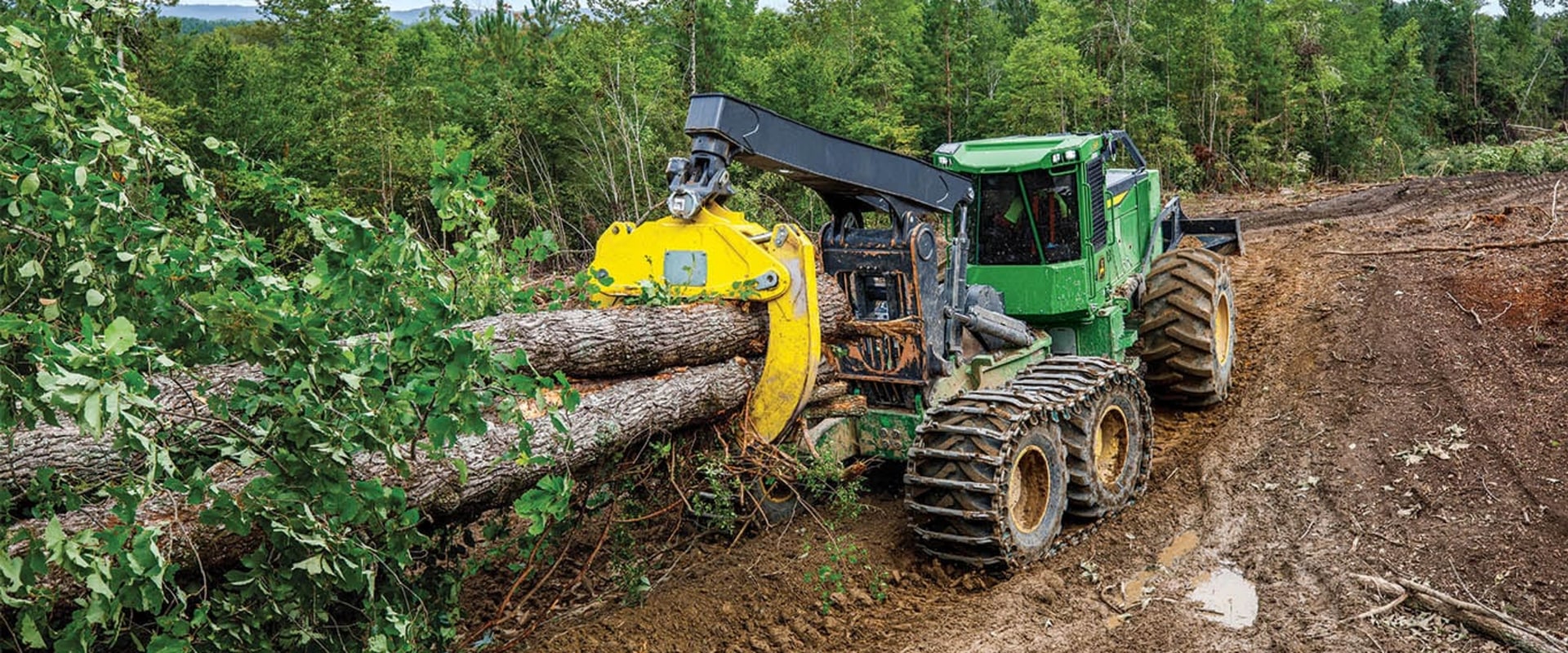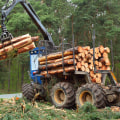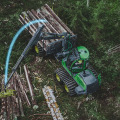Forestry is a vital industry that involves the management, cultivation, and harvesting of trees for various purposes. It plays a crucial role in providing us with essential products such as timber, paper, and other wood-based materials. To efficiently carry out these tasks, specialized forestry equipment is required, and one of the most commonly used machines in this industry is the skidder.
The Importance of Skidders in Forestry
A skidder is a heavy-duty vehicle that is primarily used for hauling logs from the forest to a landing area where they can be processed. It is an essential piece of forestry equipment that helps to streamline the harvesting process and increase productivity.Skidders are designed to operate in rough terrain and adverse weather conditions, making them ideal for use in the forest. There are several types of skidders used in forestry, each with its unique features and capabilities. In this article, we will explore the different types of skidders and their uses in the forestry industry.
1.Cable Skidders
Cable skidders are one of the oldest types of skidders used in forestry. They are equipped with a winch and a cable that is used to drag logs from the forest to the landing area. These skidders are ideal for use in steep terrain where other types of skidders may struggle to operate. The winch on a cable skidder can be mounted on either the front or rear of the machine, depending on the manufacturer's design.The cable is attached to a tree or stump, and as the skidder moves forward, it pulls the log behind it. Cable skidders are known for their ability to haul large and heavy logs, making them a popular choice for harvesting operations.
2.Grapple Skidders
Grapple skidders are another type of skidder commonly used in forestry. Unlike cable skidders, they do not rely on a winch and cable to haul logs. Instead, they are equipped with a grapple arm that is used to grab and lift logs from the ground.The grapple arm is hydraulically operated, allowing it to move in different directions and pick up logs of various sizes. Grapple skidders are ideal for use in flat terrain and can handle smaller logs compared to cable skidders. They are also more maneuverable, making them suitable for use in tight spaces. However, they may struggle to operate in steep terrain due to their limited traction.
3.Forwarder Skidders
Forwarder skidders are a combination of a skidder and a forestry equipment known as a forwarder. They are designed to carry logs rather than drag them, making them more efficient for long-distance hauling.Forwarder skidders have a loading area at the rear where logs can be stacked and transported to the landing area. These skidders are ideal for use in flat terrain and can carry a significant amount of logs at once, reducing the number of trips required to transport the harvested timber. They also have better fuel efficiency compared to other types of skidders, making them a cost-effective option for forestry operations.
4.Wheeled Skidders
Wheeled skidders are similar to grapple skidders in terms of design and functionality. However, instead of tracks, they are equipped with wheels that provide better traction and maneuverability. Wheeled skidders are ideal for use in flat terrain and can handle smaller logs compared to cable skidders. One of the main advantages of wheeled skidders is their speed.They can move quickly through the forest, making them suitable for use in large-scale harvesting operations. They are also more fuel-efficient compared to tracked skidders, making them a popular choice for many forestry companies.
5.Tracked Skidders
Tracked skidders are similar to wheeled skidders, but instead of wheels, they are equipped with tracks that provide better traction and stability. These skidders are ideal for use in steep and rough terrain where other types of skidders may struggle to operate. Tracked skidders are known for their ability to navigate through challenging terrain, making them a popular choice for harvesting operations in mountainous regions. They can also carry larger logs compared to wheeled skidders, making them more efficient for hauling heavy timber.Choosing the Right Skidder for Your Forestry Operation
When it comes to choosing the right skidder for your forestry operation, there are several factors that you need to consider.These include the type of terrain you will be operating in, the size of logs you will be hauling, and your budget. If you are working in steep terrain, a cable or tracked skidder would be the best option. For flat terrain, a wheeled or grapple skidder would be more suitable. If you need to transport logs over long distances, a forwarder skidder would be the most efficient choice. It is also essential to consider the size and weight of the logs you will be hauling. Cable and tracked skidders are better suited for larger and heavier logs, while wheeled and grapple skidders are more efficient for smaller logs.
Conclusion
In conclusion, skidders are an essential piece of forestry equipment that helps to streamline the harvesting process and increase productivity.There are several types of skidders used in forestry, each with its unique features and capabilities. When choosing the right skidder for your forestry operation, it is crucial to consider the type of terrain, size of logs, and your budget. With the right skidder, you can efficiently harvest timber and contribute to the sustainable management of our forests.







